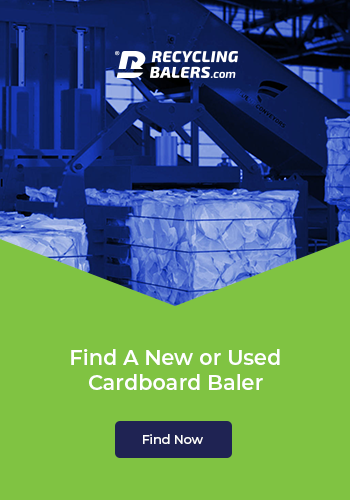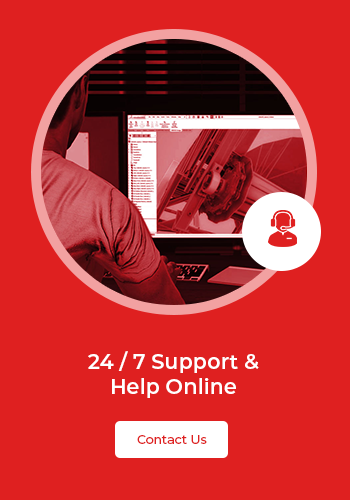How Many Types of Conveyor Belts are There?
The belt conveyor system plays a critical role in plenty of modern industries. From food and beverage to waste removal and everything in-between, the immense versatility of the conveyor belt system helps companies carry materials around the workplace the world over.
Undoubtedly, one of the main reasons for its versatility is the many different types of belts available. Be it a hinged steel roller chain or a food-grade belt, different applications require different belts, and there are plenty of unique options to choose from. Plus, there are many customization options available, as various industries require bespoke solutions to transport goods of all shapes and sizes.
If you’re in the market for some new conveyor belts, or you’re interested in the world of mechanical material handling, below you’ll find some examples of common conveyor belts and their uses.
Steel Cleated Belts
Some industries regularly transport heavy and sharp materials around their workspace, and to do this with ease, they tend to use a stronger form of belt – notably, a steel cleated option.
Generally speaking, you can usually find a cleated belt conveyor in the recycling, metal manufacturing, and solid waste disposal industries. They’re effective on even the steepest inclines since they’re strong and durable, making them excellent for these lines of work. They can also withstand very high temperatures and won’t become perforated or compromised by heavy and sharp materials.
Integrally Molded Belts
Heavy-duty goods transportation requires heavy-duty belts and high powered pulleys, which is where the integrally molded synthetic belt comes into play.
Abrasive materials like rock, asphalt, and gravel can easily damage rubber belts through wear and tear, so a stronger alternative that can withstand high-impact bulk materials is a necessity.
Usually made from a synthesized fabric, these belts are normally oil and grease resistant, too, making them perfect for moving trickier and more hazardous materials.
Modular Belts
Modular belt conveyors consist of interlocking segments as opposed to a standard single continuous loop. They’re usually made of plastic, making them easier to wipe down and replace and repair, thanks to their segmented build.
Additionally, their irregular shape makes them great for awkward workspaces as they manage twists and turns very well, navigating corners with relative ease. While they work as a curved belt conveyor, they operate well in a straight line too.
Magnetic Belts
Magnetic belts are superb for managing varying transportation heights when moving ferrous materials and magnetic loose materials, as the extra traction provided by the belt can aid control across elevation changes.
Often, these belts are used in conjunction with an inclined belt conveyor, made by installing ceramic magnets onto a standard belt, which makes them great for bespoke conveyor solutions.
Rubber Conveyor Belt
The classic rubber conveyor belt (often a form of polyester nylon) is extremely common, cost-effective, and versatile, so it’s a prime choice for those who need a continuous flat belt to perform consistently in various capacities. It can be cut easily and manipulated to meet various needs, making it a favorite in many situations.
There are a great many types of conveyor belts, so it’s important to think about your specific transportation needs before you commit to a solution. It’s worth thinking about the kind of material you wish to transport, the speed at which you need to transport it, and the space you have to work with – whatever the case may be, there will almost certainly be an option that works for you.
Whether it’s a flat belt conveyor for an assembly line or an incline conveyor for saving space, the right conveyor belts can optimize your workspace to no end.



